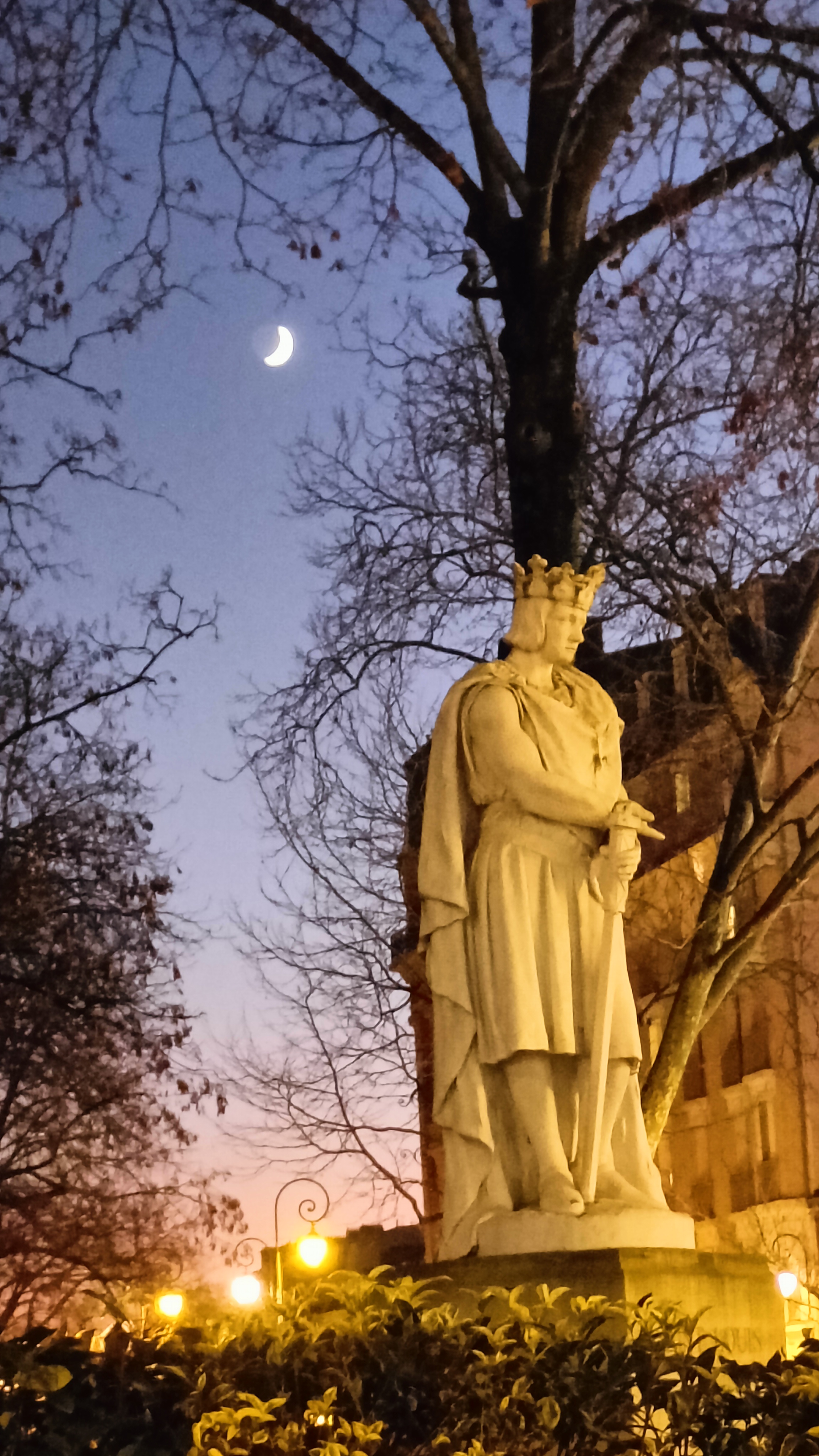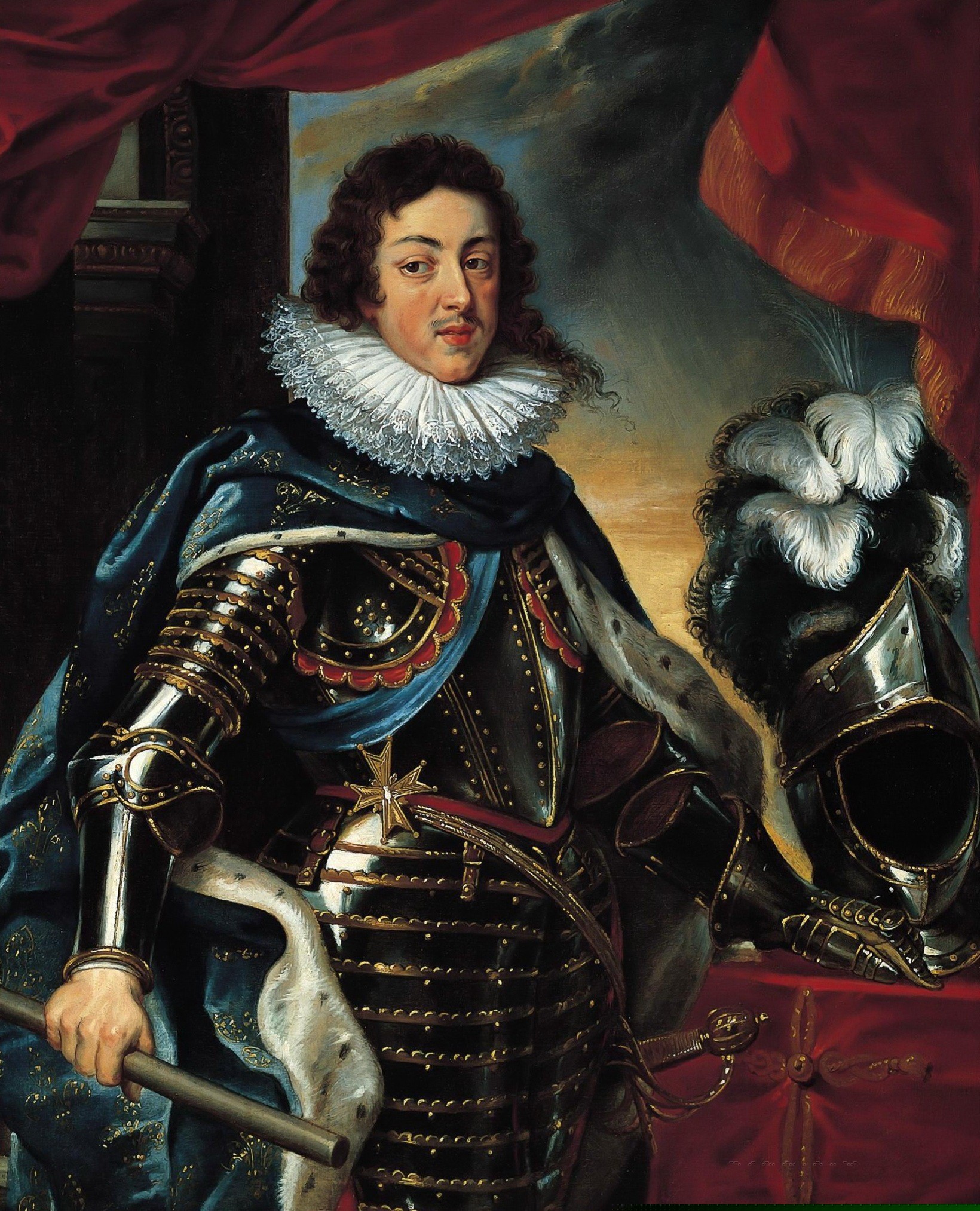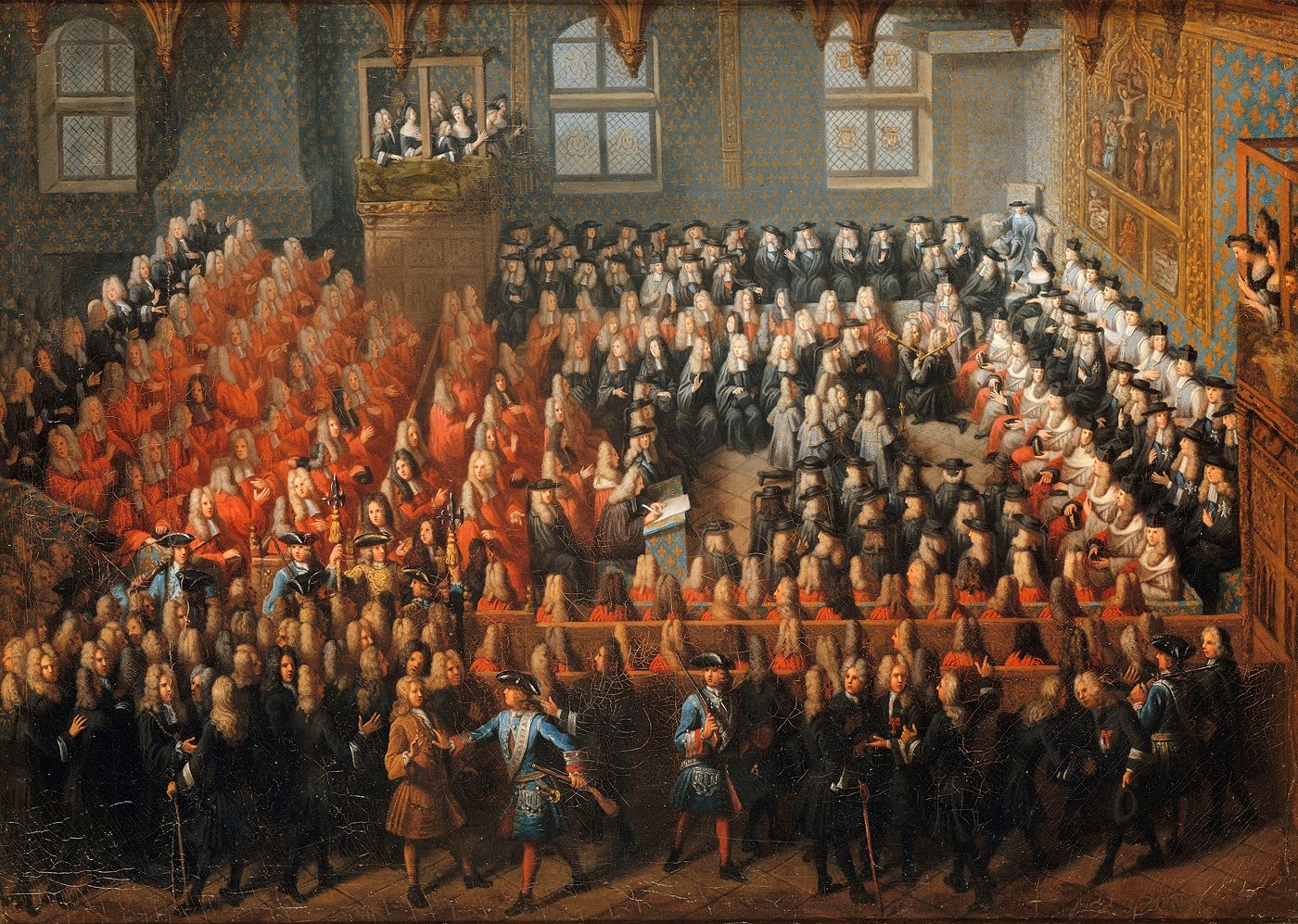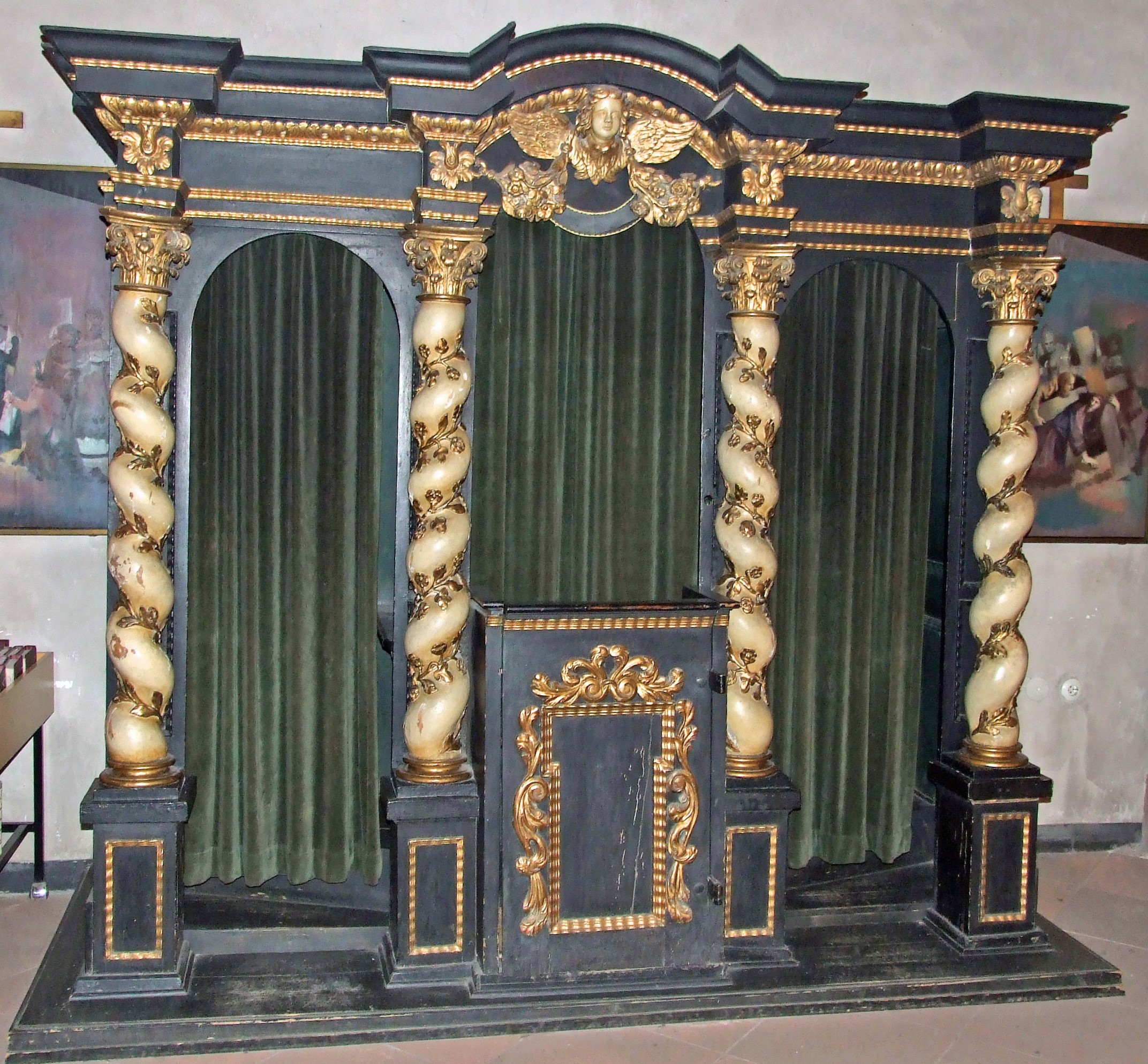|
Abbé De St Cyran
Jean du Vergier de Hauranne, the Abbé (Abbot) of Saint-Cyran, (1581 – 6 October 1643) was a French Catholic priest who introduced Jansenism into France. Life Born in the city of Bayonne to a family of Gascon and Basque merchants, Vergier studied with the Jesuits of Agen. At the age of sixteen he was sent to study at the Sorbonne, and then took up theology at the Catholic University of Leuven. There he formed a friendship with Cornelius Jansen and, as the wealthier of the two, became Jansen's patron for a number of years, getting Jansen a job as a tutor in 1606. Two years later, he obtained for Jansen a position teaching at the episcopal college back in Bayonne. The duo spent 1611–1614 there, in seclusion in a house belonging to his family, where they studied the Church Fathers together, with a special focus on the thought of Augustine of Hippo, until Jansen left Bayonne in 1614 to return to the Dutch Republic. In 1617 Vergier left Bayonne at the invitation of Henri-Lou ... [...More Info...] [...Related Items...] OR: [Wikipedia] [Google] [Baidu] |
Saint Cyran
In Christian belief, a saint is a person who is recognized as having an exceptional degree of holiness, likeness, or closeness to God. However, the use of the term ''saint'' depends on the context and denomination. In Anglican, Oriental Orthodox, and Lutheran doctrine, all of their faithful deceased in Heaven are considered to be saints, but a selected few are considered worthy of greater honor or emulation. Official ecclesiastical recognition, and veneration, is conferred on some denominational saints through the process of canonization in the Catholic Church or glorification in the Eastern Orthodox Church after their approval. In many Protestant denominations, and following from Pauline usage, ''saint'' refers broadly to any holy Christian, without special recognition or selection. While the English word ''saint'' (deriving from the Latin ) originated in Christianity, historians of religion tend to use the appellation "in a more general way to refer to the state of special h ... [...More Info...] [...Related Items...] OR: [Wikipedia] [Google] [Baidu] |
Pierre De Bérulle
Pierre de Bérulle (; 4 February 1575 – 2 October 1629) was a French Catholic priest, cardinal and statesman in 17th-century France. He was the founder of the French school of spirituality and counted among his disciples Vincent de Paul and Francis de Sales, although both developed significantly different spiritual theologies. Life Bérulle was born in the Château of Cérilly, near Troyes in Champagne, into two families of distinguished magistrates on 4 February 1575. The château de Cérilly is situated in the modern department of Yonne, while the village adjacent to it, Bérulle, is in Aube. He was educated by the Jesuits at Clermont and at the Sorbonne in Paris. He published his first work, his ''Bref Discours de l'abnegation interieure'', in 1597. Soon after his ordination as a priest in 1599, he assisted Cardinal Duperron in his public controversy with the Protestant Philippe de Mornay, and made numerous converts. With the co-operation of his cousin, Madame Acarie ... [...More Info...] [...Related Items...] OR: [Wikipedia] [Google] [Baidu] |
Philippe Sellier
Philippe Sellier (8 November 1931 – 3 April 2024) was a French literary critic and scholar. He was a specialist in the great writers who revolved around Port-Royal-des-Champs: Pascal, Racine, Antoine Arnauld, Louis-Isaac Lemaistre de Sacy, La Rochefoucauld, Mme de Sévigné, Mme de Lafayette. Sellier was born on 8 November 1931, and died on 3 April 2024, at the age of 92. Main works * ''Port-Royal et la littérature'', Paris, Champion publishing house, 2 vol. (1999 and 2000). * ''Essais sur l’imaginaire classique'', Paris, Champion, 2003. * ''Pascal : colorations oratoriennes'', in ''Pascal auteur spirituel'', Paris, Champion, 2006. * Corresponsibility of ''Dissidents, excentriques et marginaux de l’âge classique. Autour de Cyrano de Bergerac'', Mélanges M. Alcover, Paris, Champion, 2006. * ''Pascal et la liturgie'', Paris, PUF, 1966. * ''Pascal et saint Augustin'', Paris, Éditions Albin Michel, 1995. * ''L'évasion'', Paris, Bordas, 1971. * ''Le mythe du héros ... [...More Info...] [...Related Items...] OR: [Wikipedia] [Google] [Baidu] |
Imperfect Contrition
In Christianity, contrition or contriteness (, i.e. a breaking of something hardened) is repentance for sins one has committed. The remorseful person is said to be ''contrite''. A central concept in much of Christianity, contrition is regarded as the first step, through Christ, towards reconciliation with God. It consists of repentance for all one's sins, a desire for God over sin, and faith in Christ's redemption on the cross and its sufficiency for salvation (see regeneration and ''ordo salutis''). It is widely referred to throughout the Bible, e.g. Ezekiel 33:11, Psalms 6:7ff, Psalm 51:1–12, Luke 13:5, Luke 18:9–13, and the well-known parable of the prodigal son (Luke 15:11–32). In the Catholic Church Origin The Council of Trent defined contrition as "sorrow of soul, and a hatred of sin committed, with a firm purpose of not sinning in the future". It is also known as (affliction of spirit) and (repentance of heart). The word "contrition" implies a breaking of ... [...More Info...] [...Related Items...] OR: [Wikipedia] [Google] [Baidu] |
Pope Urban VIII
Pope Urban VIII (; ; baptised 5 April 1568 – 29 July 1644), born Maffeo Vincenzo Barberini, was head of the Catholic Church and ruler of the Papal States from 6 August 1623 to his death, in July 1644. As pope, he expanded the papal territory by force of arms and advantageous politicking, and was also a prominent patron of the arts, commissioning works from artists like Gian Lorenzo Bernini and a reformer of Church missions. His papacy also covered 21 years of the Thirty Years' War. The massive debts incurred during his pontificate greatly weakened his successors, who were unable to maintain the papacy's longstanding political and military influence in Europe. He was also an opponent of Copernicanism and was involved in the Galileo affair, which saw the astronomer tried for heresy. He is the last pope to date to take the papal name ''Urban''. Biography Early life Maffeo Vincenzo Barberini was born in April 1568, the son of Antonio Barberini, a Florentine nobleman, and C ... [...More Info...] [...Related Items...] OR: [Wikipedia] [Google] [Baidu] |
Vincennes
Vincennes (; ) is a commune in the Val-de-Marne department in the eastern suburbs of Paris, France. It is located from the centre of Paris. Vincennes is famous for its castle: the Château de Vincennes. It is next to but does not include the Bois de Vincennes, from which it took its name, which is attached to the city of Paris. History The Marquis de Sade was imprisoned in Vincennes fortress in 1777, where he remained until February 1784 although he escaped for a little over a month in 1778. Thereafter Vincennes fortress was closed and de Sade transferred to the Bastille. In 1821, the noted French poet, Alfred de Vigny, wrote his poem, "La Prison," which details the last days of the Man in the Iron Mask at Vincennes. The ministers of Charles X were imprisoned at the fortress of Vincennes after the July Revolution. A test was conducted in 1849 on Claude-Étienne Minié's invention the Minié ball which would prove successful and years later be adopted by the French ar ... [...More Info...] [...Related Items...] OR: [Wikipedia] [Google] [Baidu] |
Cardinal Richelieu
Armand Jean du Plessis, 1st Duke of Richelieu (9 September 1585 – 4 December 1642), commonly known as Cardinal Richelieu, was a Catholic Church in France, French Catholic prelate and statesman who had an outsized influence in civil and religious affairs. He became known as the Red Eminence (), a term derived from the style of Eminence (style), Eminence applied to Cardinal (Catholic Church), cardinals and their customary red robes. Consecrated a bishop in 1607, Richelieu was appointed Secretary of State for Foreign Affairs (France), Foreign Secretary in 1616. He continued to rise through the hierarchy of both the Catholic Church and the French government, becoming a Cardinal (Catholic Church), cardinal in 1622 and Chief minister of France, chief minister to King Louis XIII, Louis XIII of France in 1624. He retained that office until his death in 1642, when he was succeeded by Cardinal Cardinal Mazarin, Jules Mazarin, whose career the cardinal had fostered. Richelieu became enga ... [...More Info...] [...Related Items...] OR: [Wikipedia] [Google] [Baidu] |
Parlement Of Paris
The ''Parlement'' of Paris () was the oldest ''parlement'' in the Kingdom of France, formed in the 14th century. Parlements were judicial, rather than legislative, bodies and were composed of magistrates. Though not representative bodies in the present sense of the word, they had procedures and authorities that could delay the otherwise unchecked power of the King. Because of its location and history, the Parlement of Paris was the most significant. The Parlement of Paris was established under Philip IV of France in 1302. The Parlement of Paris would hold sessions inside the medieval royal palace on the Île de la Cité, which today is the site of the Paris Hall of Justice. History In 1589, Paris was effectively in the hands of the Catholic League. To escape, Henry IV of France summoned the parlement of Paris to meet at Tours, but only a small faction of its parliamentarians accepted the summons. (Henry also held a parliament at Châlons, a town remaining faithful to the king ... [...More Info...] [...Related Items...] OR: [Wikipedia] [Google] [Baidu] |
Port-Royal Des Champs
Port-Royal-des-Champs () was an abbey of Cistercian nuns in Magny-les-Hameaux, in the Vallée de Chevreuse southwest of Paris that launched a number of culturally important institutions. History The abbey was established in 1204, but became famous when its discipline was reformed in 1609 by its abbess, Mother Marie Angelique Arnauld (1591-1661). The Arnauld family became its patrons and the abbey's subsequent history was directed by a number of the members of that family. In 1625 most of the nuns moved to a new Port-Royal in Paris, which subsequently became '' Port-Royal de Paris'' (or, more commonly, ''Port-Royal'') while the older one was known as ''Port-Royal des Champs'' ("Port-Royal of the fields"). At the original site, several schools were founded, which became known as the ''Petites écoles de Port-Royal'' ("Little Schools of Port-Royal"). These schools became famous for the high quality of the education they gave. Playwright Jean Racine was educated at Port-Roya ... [...More Info...] [...Related Items...] OR: [Wikipedia] [Google] [Baidu] |
Confession (religion)
Confession, in many religions, is the acknowledgment of sinful thoughts and actions. This is performed directly to a deity or to fellow people. It is often seen as a required action of repentance and a necessary precursor to penance and atonement. It often leads to Reconciliation (theology), reconciliation and forgiveness. Christianity Roman Catholicism In Catholic Church, Catholic Christian teaching, the Sacrament of Penance is the method by which individuals confess any Christian views on sin#Catholic views, sins they have committed after their baptism; these sins are then absolution, absolved by God through the administration of a priest, who assigns an act of penance. To Validity and liceity (Catholic Church), validly receive absolution, the penitent must make a sincere sacramental confession of all known mortal sins not yet confessed to a priest and pray an act of contrition (a genre of prayers) that expresses both motives for sorrow and the resolve not to sin again. ... [...More Info...] [...Related Items...] OR: [Wikipedia] [Google] [Baidu] |
Spiritual Director
Spiritual direction is the practice of being with people as they attempt to deepen their relationship with the divinity, divine, or to learn and grow in their personal spirituality. The person seeking direction shares stories of their encounters of the divine, or how they are cultivating a life attuned to spiritual things. The director listens and asks questions to assist the directee in his or her process of Introspection, reflection and spiritual growth. Advocates of Spiritual direction claim that it develops a deeper awareness with the spiritual aspect of being human, and that it is neither psychotherapy nor counseling nor financial planning. Historians of philosophy like Ilsetraut Hadot, Ilsetraut and Pierre Hadot have argued that spiritual direction was already practiced and recommended by the main schools of philosophy, as well as by physicians like Galen, as part of spiritual practices in Ancient Greece and Rome. Roman Catholic forms While there is some degree of variab ... [...More Info...] [...Related Items...] OR: [Wikipedia] [Google] [Baidu] |








